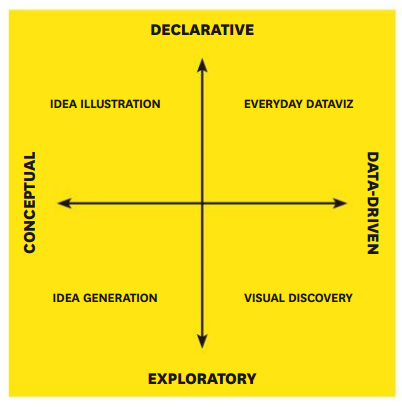The first part of this discussed the heterogeneity of data projects and how a uniform approach can help hone in the solution. The first post also discussed the first two elements: Refine the question, and identifying the right data. Here we tackle the next two elements.

Plan Your Approach
At this step, we begin to go into the technicalities of data science. This post is not designed to go into the detail of each approach, but it will attempt to ask the relevant questions.
How will you process the data that you now possess? In almost all cases, this step will involve data wrangling (also known as data munging or data cleaning). To determine how the “clean” form your data must take for proper analysis, it is important to determine the transformations and algorithms necessary for your question. Continue reading


